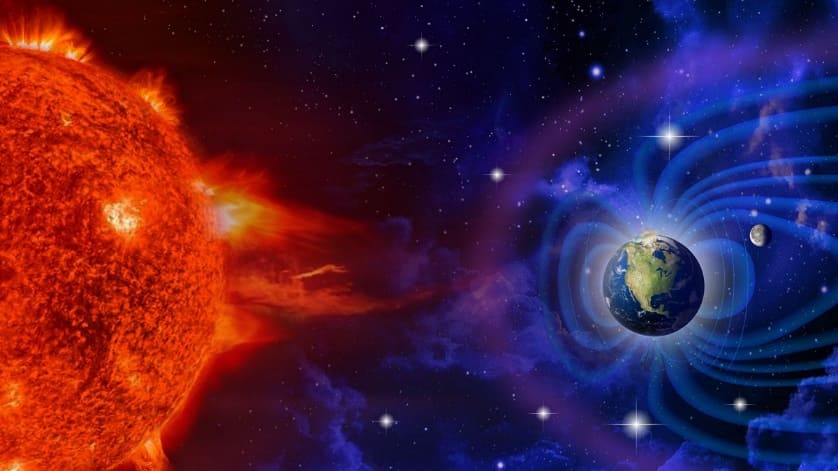





Disclaimer: Copyright infringement not intended.
Context
What is Aeronomy?
ISRO’s efforts
|
Venus Venus is the second closest planet to the Sun, orbiting at a distance of about 67 million miles. It falls under the habitable zone of the Sun. Venus rotates very slowly on its axis – one day on Venus lasts 243 Earth days. The planet orbits the Sun faster than Earth, however, so one year on Venus takes only about 225 Earth days, making a Venusian day longer than its year. Venus’ thick atmosphere traps heat creating a greenhouse effect. Its surface temperature is hot enough to melt lead. Venus rotates backward on its axis. This means the Sun rises in the west and sets in the east, opposite of what we see on Earth. The surface of Venus is dominated by volcanic features and has more volcanoes than any other planet in the Solar System. Missions to Venus Current and Past Missions
Future Missions |
https://www.pib.gov.in/PressReleasePage.aspx?PRID=1883322.jpg)






© 2025 iasgyan. All right reserved